Shearling Leather: Understanding Its Unique Qualities and Comparisons
Shearling leather is a luxurious material derived from tanned sheep or lamb skin, showcasing both the leather side and the wool side. This unique combination not only offers superior warmth and comfort but also brings a distinct aesthetic appeal to outerwear. In this blog, we will delve into the intricacies of shearling leather, explore its benefits, and compare true shearling jackets with leather jackets that incorporate shearling linings. Additionally, we will provide a historical perspective on shearling garments and the climates in which they excel.
What is Shearling Leather?
Shearling leather is characterized by its dual-sided nature. One side features the soft, plush wool, while the other side showcases the durable leather. This combination creates an insulating effect, making shearling an ideal choice for cold-weather apparel. The natural fibers of the wool provide excellent thermal regulation, keeping the wearer warm without overheating. Additionally, shearling leather is breathable, soft, and has a luxurious feel that elevates any outfit.
One of the primary reasons for the popularity of shearling leather is its versatility. It can be crafted into a wide range of products, including jackets, coats, vests, hats, and even footwear. The inherent beauty of shearling leather lies in its unique texture and appearance, which can vary from one piece to another, ensuring that each item is distinct.
A Brief Historical Perspective
The use of shearling and wool garments dates back thousands of years. Ancient civilizations, particularly those in colder climates, recognized the utility of sheep's wool for insulation against harsh weather. Archaeological evidence suggests that the domestication of sheep occurred around 10,000 years ago, leading to the use of their hides and wool for clothing. The first shearling garments were likely rudimentary, fashioned from whole animal skins, but as tanning processes evolved, so did the quality and sophistication of shearling leather.
By the Middle Ages, shearling became increasingly popular among the European elite, who wore it as a symbol of wealth and status. During the 20th century, shearling leather gained prominence in fashion, particularly in the 1920s and 1930s, when aviators and military personnel began to wear shearling jackets for their practical benefits. The inherent warmth and durability made shearling an ideal choice for pilots navigating frigid altitudes. Today, shearling leather remains a sought-after material in high-end fashion, offering both style and functionality.
The Allure of True Shearling Jackets
A true shearling jacket is made from whole pieces of shearling leather, allowing the wool to remain intact on the inside. This craftsmanship results in a heavier, more substantial garment that provides maximum warmth and comfort. Moreover, true shearling jackets often have a distinct appearance, with a natural, unrefined look that adds to their charm.
Advantages of True Shearling Jackets:
- Exceptional Warmth: The wool lining traps heat effectively, making it an excellent choice for frigid temperatures.
- Breathability: The natural fibers allow for breathability, preventing overheating during varying weather conditions.
- Durability: When properly cared for, true shearling jackets can last for many years, making them a worthwhile investment.
- Luxurious Feel: The softness of the wool combined with the leather exterior offers a luxurious wearing experience.
- Timeless Style: True shearling jackets possess a classic aesthetic that transcends trends, making them a staple in any wardrobe.
Disadvantages of True Shearling Jackets:
- Cost: True shearling jackets are typically more expensive due to the quality of the materials and craftsmanship involved.
- Weight: These jackets can be heavier than their counterparts, which may not appeal to everyone.
- Care Requirements: Shearling leather requires special care to maintain its appearance and longevity, including professional cleaning.
- Limited Versatility: The bulkiness of some true shearling jackets can limit their wearability in less cold climates.
Leather Jackets with Shearling Linings
On the other hand, a leather jacket with a shearling lining incorporates a layer of shearling wool within a leather shell. This construction aims to achieve a similar look to that of a true shearling jacket but at a lower cost. While these jackets can provide warmth, they often lack the same level of insulation and comfort offered by their true shearling counterparts.
Advantages of Leather Jackets with Shearling Linings:
- Affordability: These jackets are generally more budget-friendly, making them accessible to a wider range of consumers.
- Variety: There are many styles and designs available, allowing for a broader selection to suit individual tastes.
- Lightweight: Leather jackets with shearling linings tend to be lighter, making them easier to wear and carry.
- Fashion Flexibility: They can be styled with various outfits, offering a more casual look while retaining some warmth.
Disadvantages of Leather Jackets with Shearling Linings:
- Reduced Insulation: The insulation provided by a shearling lining may not be as effective as that of a true shearling jacket, making it less suitable for extremely cold conditions.
- Limited Breathability: The leather shell can restrict airflow, leading to potential overheating, especially in milder weather.
- Care Requirements: While easier to care for than true shearling, leather jackets with shearling linings still require regular maintenance to preserve their quality.
- Potential for Wear: Over time, shearling linings can compress and lose their insulating properties, especially if not cared for properly.
Ideal Climates for Shearling
Shearling leather jackets are particularly suited for colder climates. The natural insulating properties of wool make shearling an excellent choice for regions that experience harsh winters, such as northern Europe, Canada, and parts of the United States. In these areas, temperatures can drop significantly, and a true shearling jacket can provide the warmth needed for outdoor activities like skiing, hiking, or simply walking in chilly weather.
The breathability of shearling also allows for comfortable wear during transitional seasons, such as fall and spring, when temperatures fluctuate. Conversely, leather jackets with shearling linings can be more versatile in terms of climate. They can be worn in slightly milder conditions, making them suitable for early autumn or late spring when temperatures are not too extreme. However, they may not provide the same level of warmth as true shearling jackets, especially in sub-zero temperatures.
Making the Right Choice
When deciding between a true shearling jacket and a leather jacket with a shearling lining, it is essential to consider your priorities. If you are seeking maximum warmth, durability, and a luxurious feel, investing in a true shearling jacket may be the better option. This choice is especially relevant for individuals living in colder regions or those who frequently engage in outdoor activities in winter conditions.
However, if you are on a budget or prefer a lighter garment, a leather jacket with a shearling lining could be the right fit for you. This option is ideal for individuals who want to achieve a stylish look without the higher price tag associated with true shearling jackets.
Care and Maintenance of Shearling Leather
Regardless of the type of shearling jacket you choose, proper care and maintenance are crucial for preserving its quality and extending its lifespan. Here are some essential tips:
- Regular Cleaning: For true shearling jackets, professional cleaning is recommended at least once a year. Avoid machine washing, as it can damage the leather and wool fibers. For leather jackets with shearling linings, spot cleaning with a damp cloth can be effective for minor stains.
- Storage: Store shearling jackets in a cool, dry place away from direct sunlight. Use a breathable garment bag to protect them from dust and pests.
- Avoiding Water: While shearling leather is somewhat water-resistant, prolonged exposure to moisture can damage the material. If your jacket gets wet, allow it to air dry away from direct heat sources, and consider using a leather conditioner afterward.
- Conditioning: Regularly condition your shearling leather to keep it supple and prevent it from drying out. Use a conditioner specifically designed for leather.
- Dealing with Odors: If your shearling jacket develops an odor, hang it in a well-ventilated area to air out. Avoid using harsh chemicals or sprays, as these can damage the material.
Conclusion
Shearling leather is a remarkable material that combines the best qualities of wool and leather, providing warmth, comfort, and style. Its rich history and evolution from ancient times to modern fashion illustrate its enduring appeal. Understanding the differences between true shearling jackets and leather jackets with shearling linings can help you make an informed decision based on your needs and preferences.
Whether you opt for the luxurious feel of a true shearling jacket or the affordability of a leather jacket with a shearling lining, both options offer unique advantages that can enhance your wardrobe and keep you stylishly warm during the colder months. By carefully weighing the advantages and disadvantages of each option, you can find the perfect shearling leather piece that fits your lifestyle and fashion sense.
With the right jacket, you’ll not only stay warm but also make a bold style statement that will turn heads wherever you go. Embrace the legacy of shearling leather, and enjoy the blend of history, craftsmanship, and fashion that it represents.
Ed Watt
Owner - ChersDelights Leather


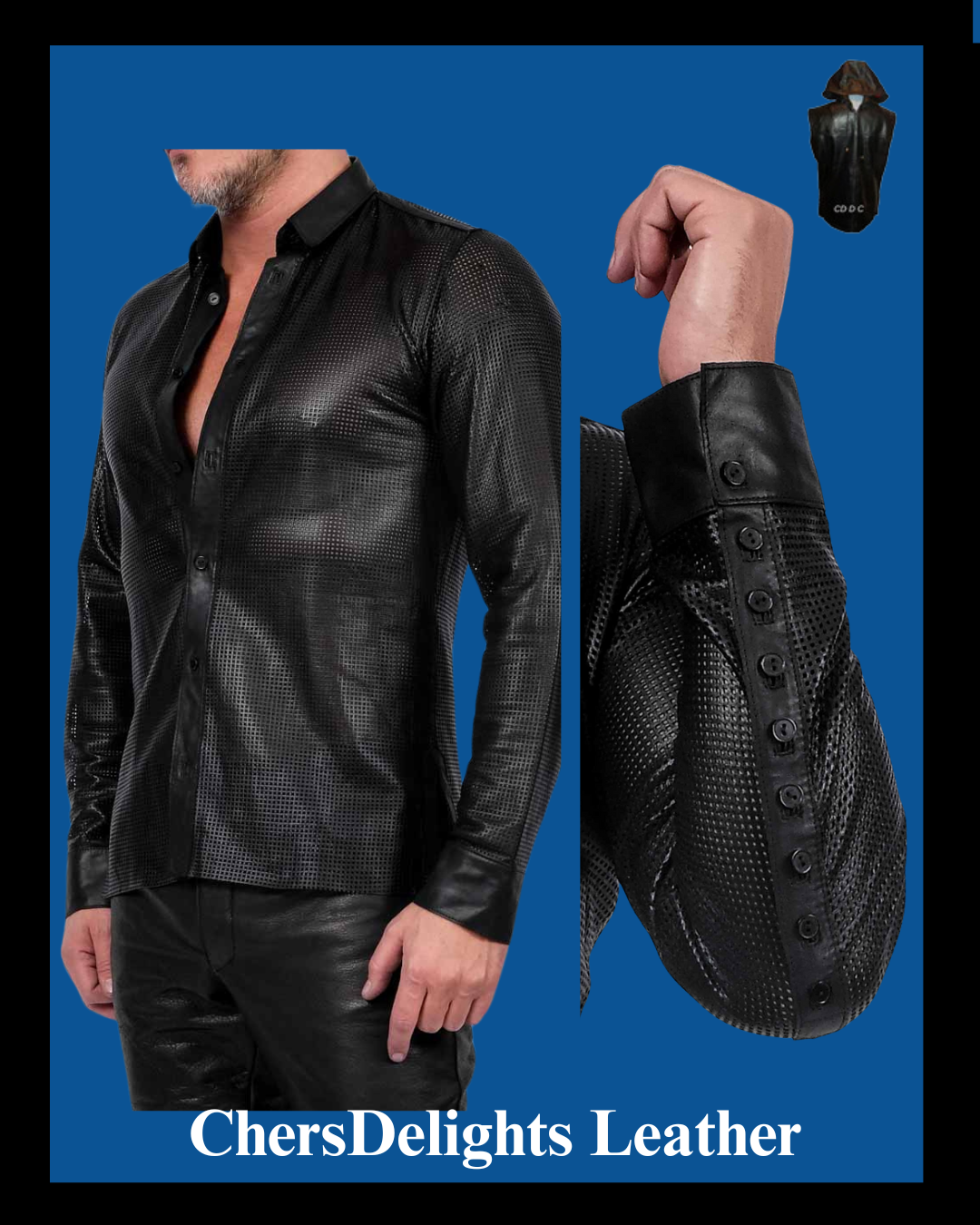

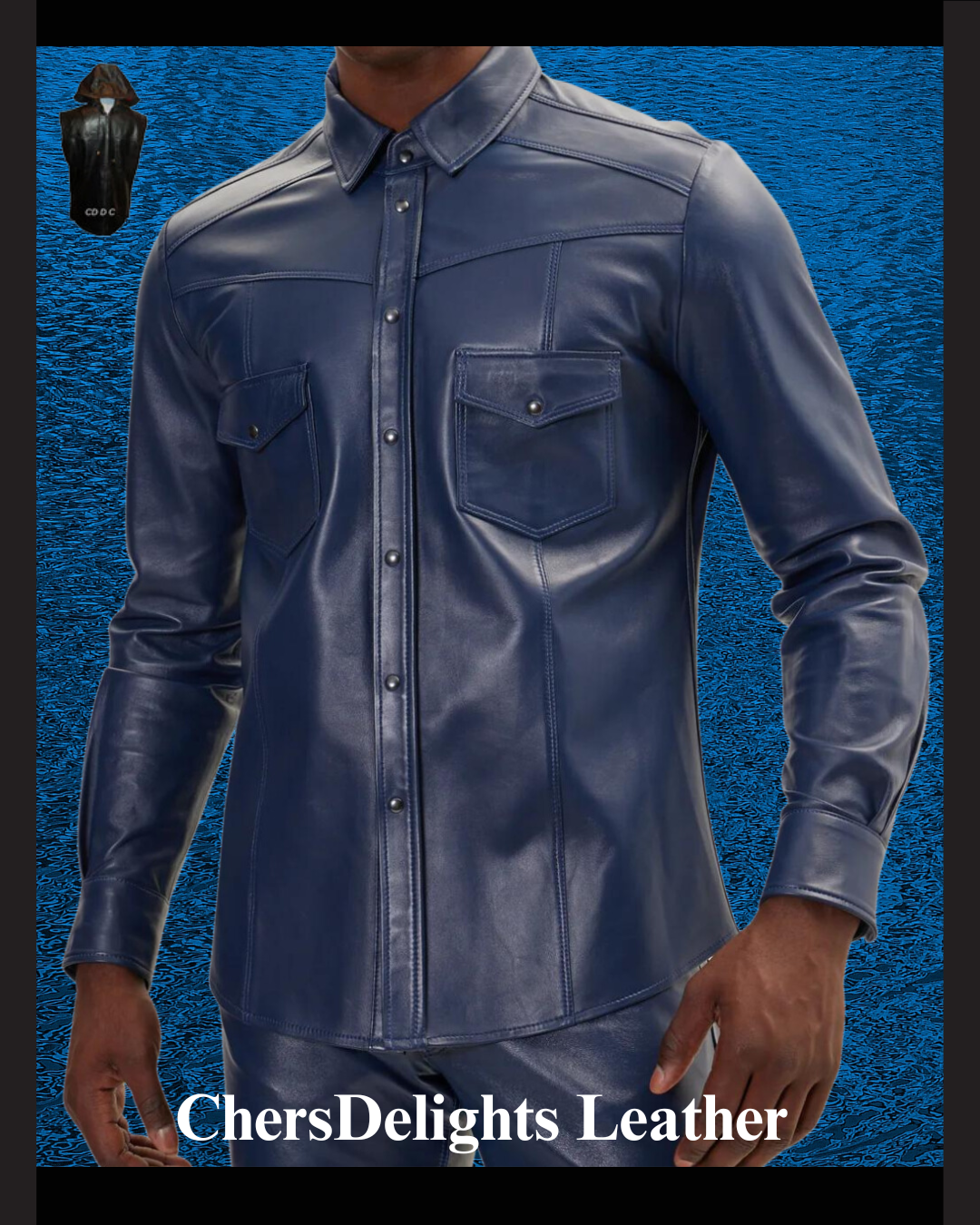
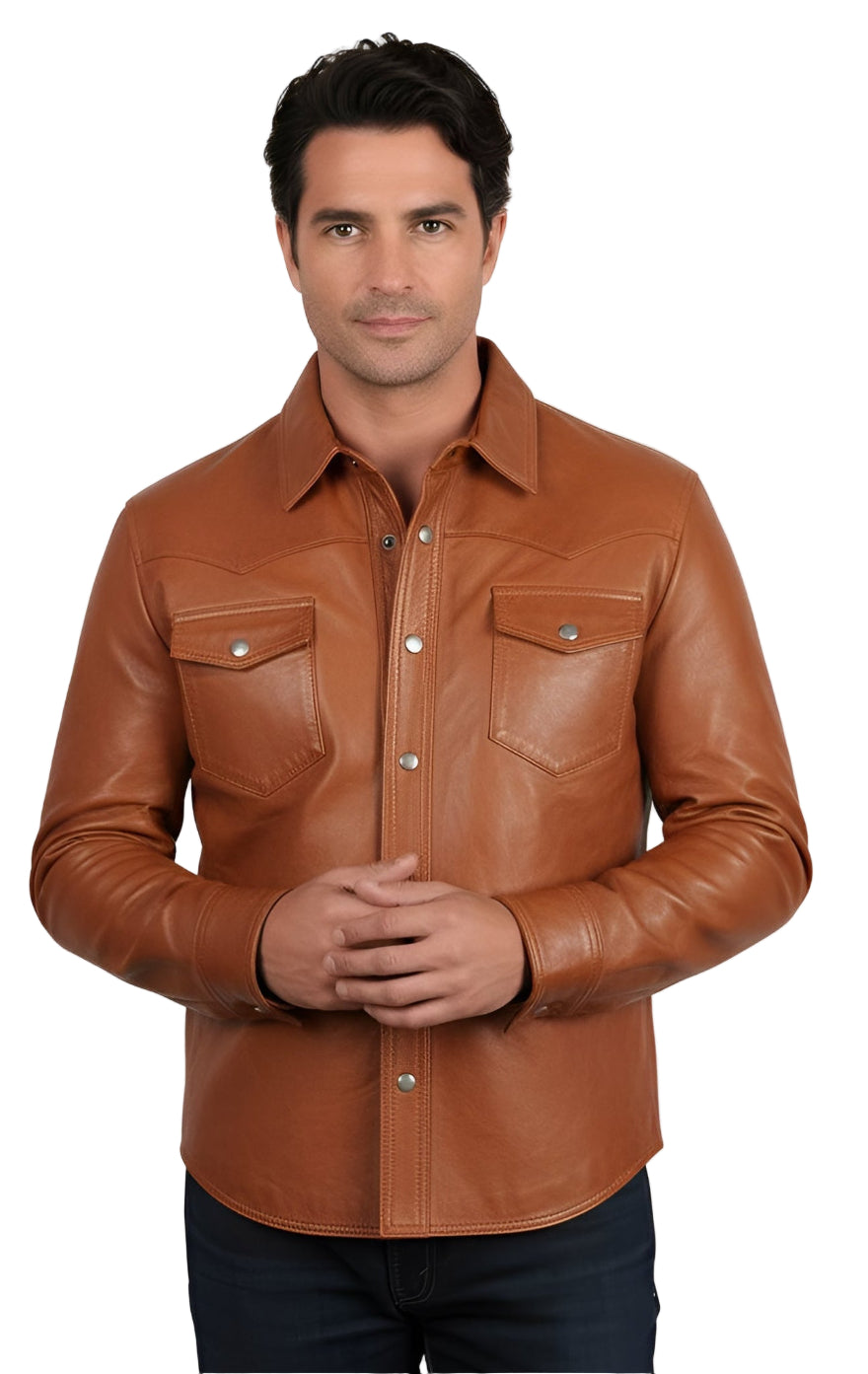



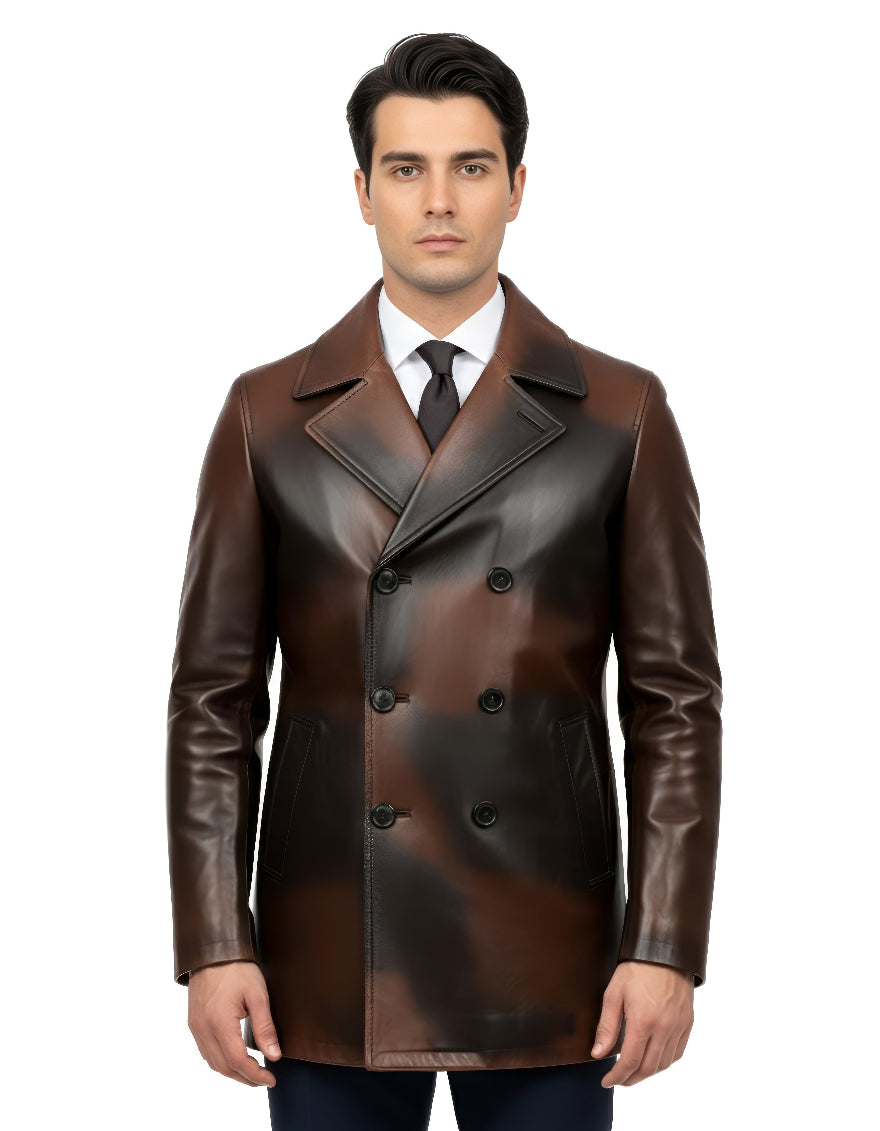

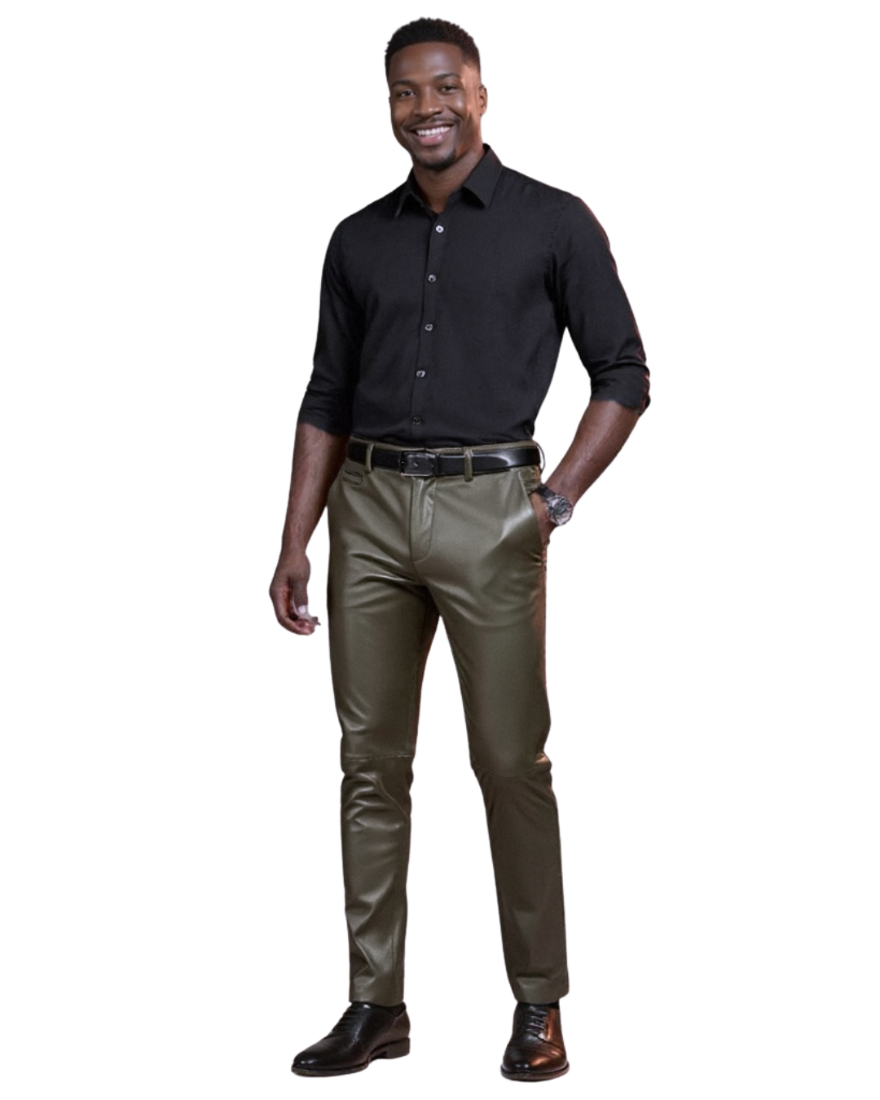

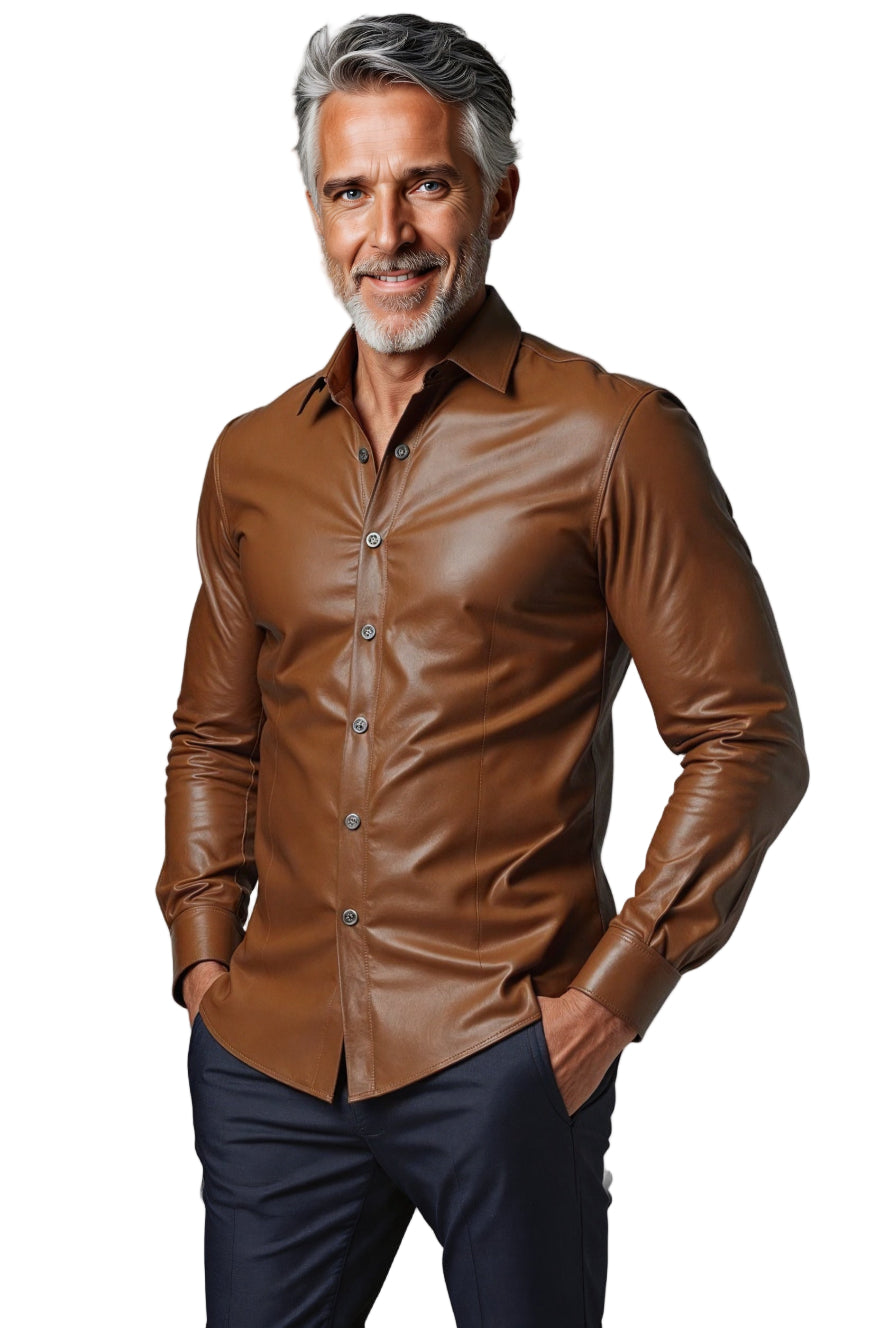
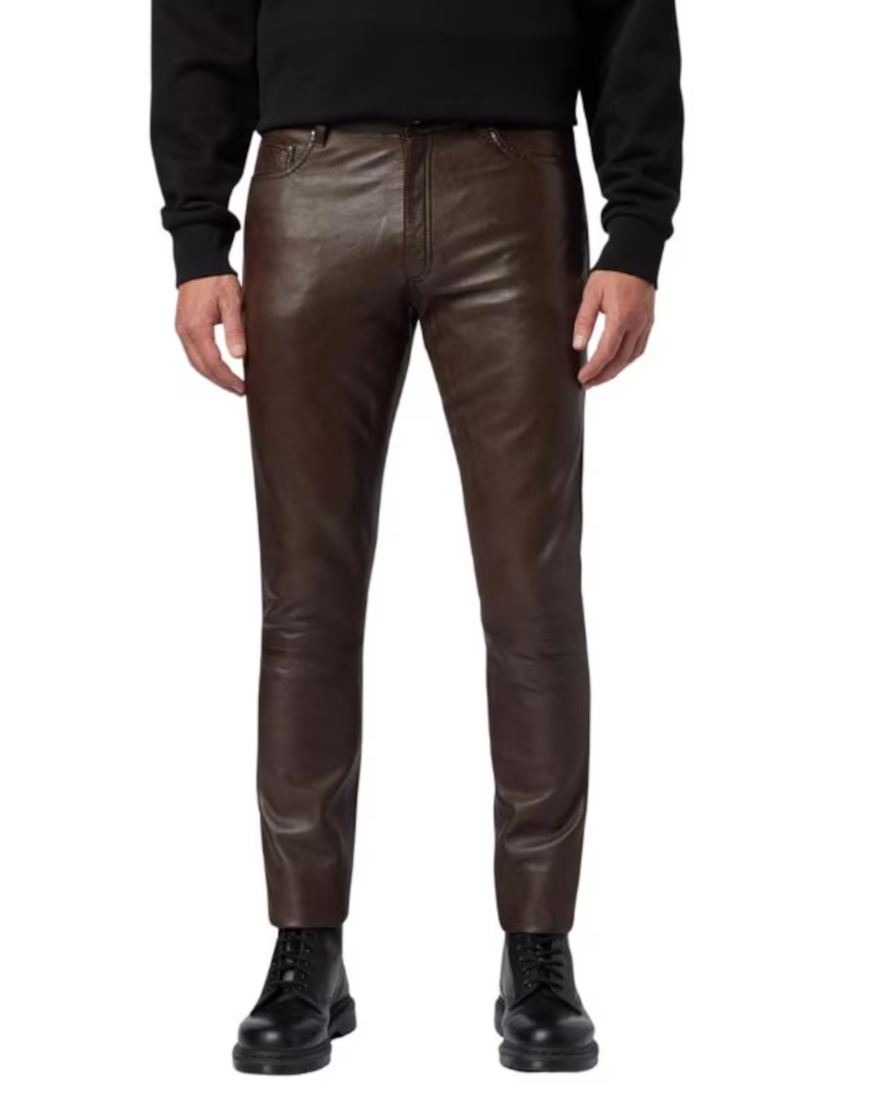
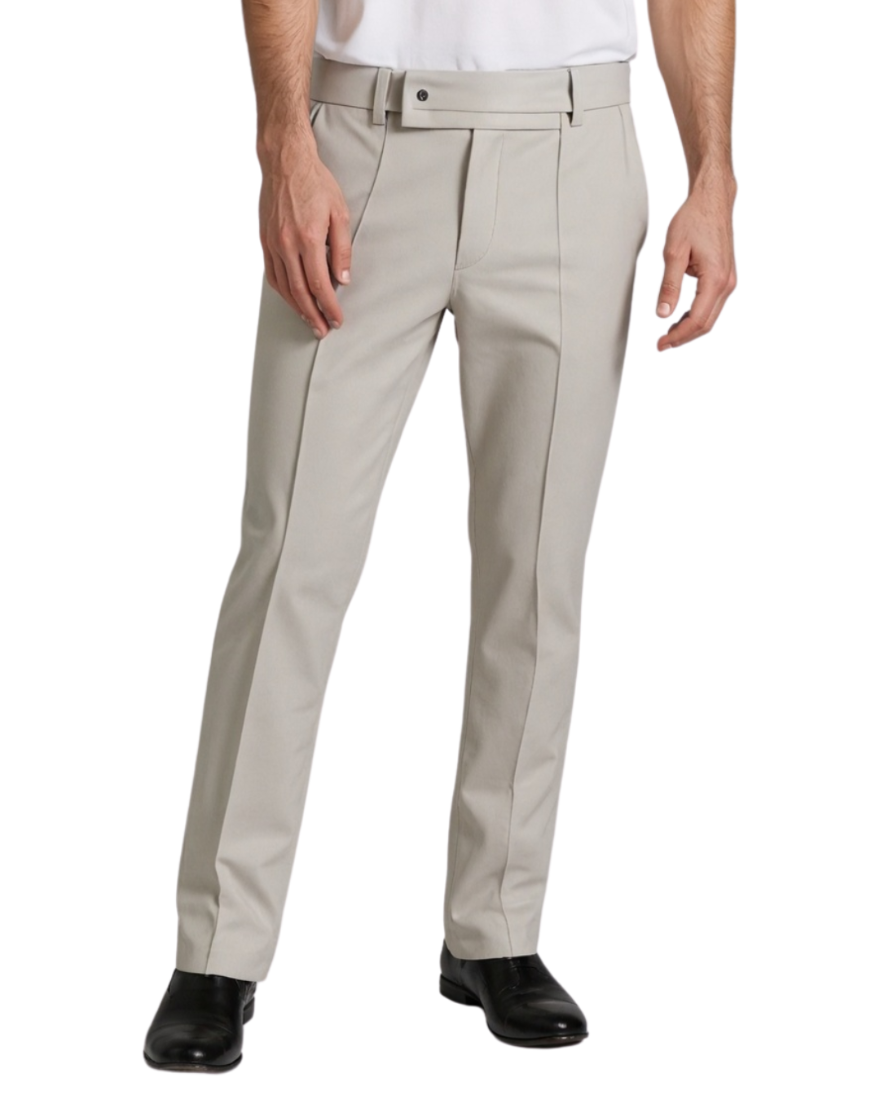
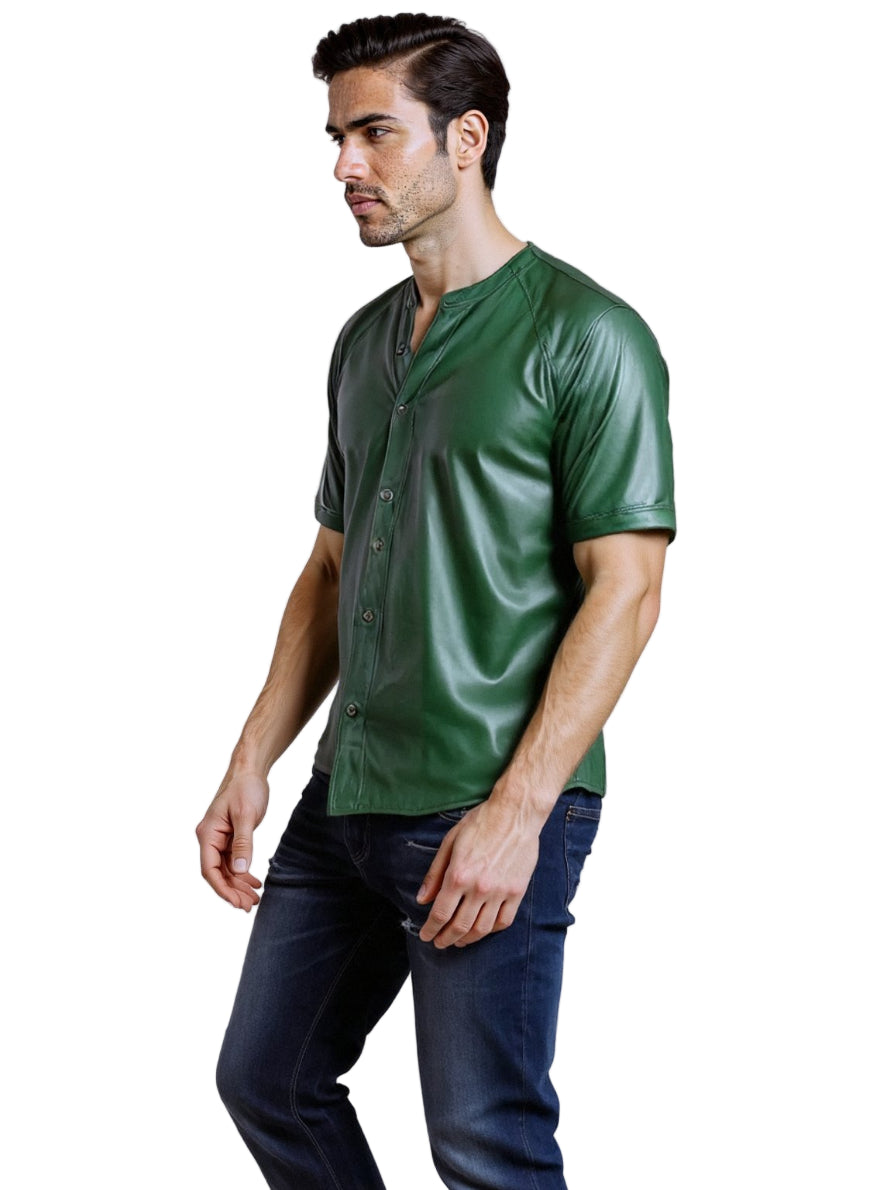
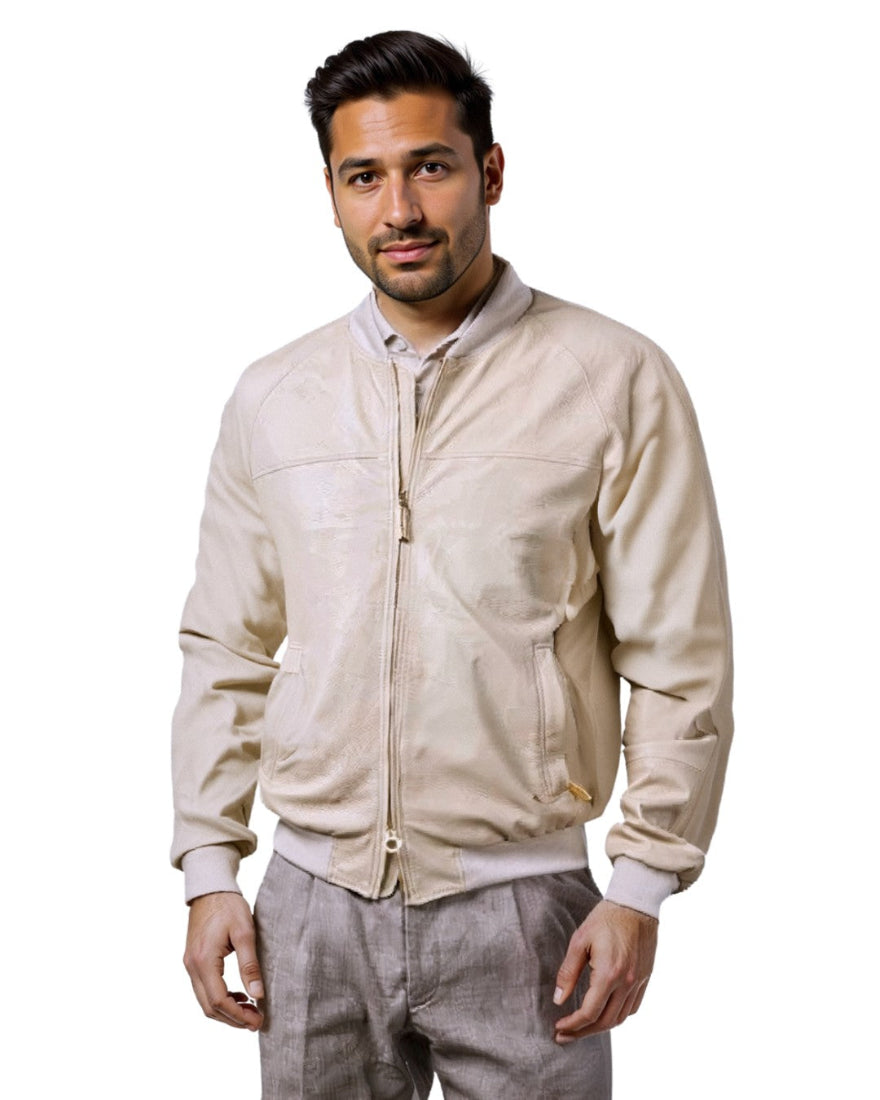

Leave a comment (all fields required)